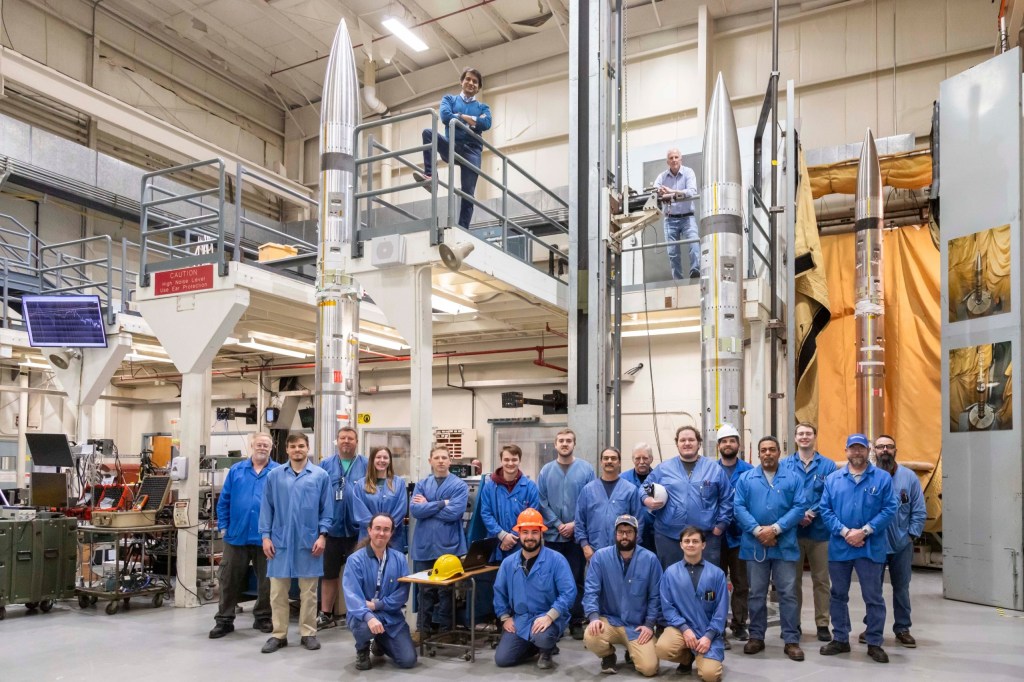NASA launches sounding rockets into moon’s shadow during solar eclipse
NASA launched three sounding rockets at the moon’s shadow during Monday’s total solar eclipse to study how the phenomenon affects the Earth’s atmosphere.
The first Atmospheric Perturbations around Eclipse Path (APEP) sounding rocket took off from NASA’s Wallops Flight Facility in Virginia at 2:40 p.m., about 45 minutes before the eclipse, according to the agency.
The second was launched at around 3:25 p.m. during the peak of the eclipse, with the third delayed for a few minutes before taking off at 4:28 p.m.
Officials said all three rockets launched successfully into the atmosphere as they streamed the takeoffs on YouTube.
The goal is to study the potential disturbances in the planet’s ionosphere during a total solar eclipse, which could have impacts on radio and satellite communications.
Aroh Barjatya, a professor of engineering physics at Embry-Riddle Aeronautical University in Florida, led the mission to launch the rockets, which had been used during the October 2023 solar eclipse.
Barjatya said the rockets were refurbished and capable of deploying several smaller rockets to help measure the eclipse’s impact on the ionosphere.
“Each rocket will eject four secondary instruments the size of a two-liter soda bottle that also measure the same data points, so it’s similar to results from fifteen rockets, while only launching three,” Barjatya explained.
The APEP rockets reached an altitude of 260 miles, about the same distance where the International Space Station orbits around the Earth.
During the 2023 eclipse mission, the rockets measured enough disturbance in the atmosphere capable of affecting radio communications, so Barjatya is eager to see if the latest test will confirm and expand on those results.
Monday’s eclipse serves as a key moment for the research as the next total solar eclipse over the US is scheduled for 2044.
The APEP launches were livestreamed on NASA Wallops’ YouTube channel and on NASA’s broadcast of the solar eclipse.















